This article is brought to you by StatBanana, the best Overwatch strategy tool.
The Overwatch League isn’t the only thing changing in 2020. Overwatch Contenders, the global competition of tier-two teams in professional Overwatch, is making some drastic structural changes to the next few seasons of competition. While the Contenders Gauntlet rages on, the Contenders organization dropped key information about how 2020 seasons will be run.
Overwatch Contenders will be moving to a biweekly match system in which teams will accrue points to make it to the postseason. The top four teams from every week of Contenders automatically move on to their next biweekly match date. The bottom eight drop down to Contenders Trials competitions, which also happen on a biweekly basis. Open Division teams, made up of players trying to make their way into the Path to Pro, will also compete for a Contenders spot in Trials matches.
As the league transitions into its new format, Overwatch Contenders global lead Dan McHugh talked with Dot Esports to explain the changes and what they mean for players dreaming of the Path to Pro.
What inspired the changes to Overwatch Contenders this season, especially the move to a biweekly schedule?
McHugh: There were a couple of things that inspired these changes. One, we felt like by switching to this biweekly schedule, where we’re alternating between Contenders Trials and Contenders, that the overall quality of matches would become better for all teams involved.
We felt like it was important for teams of the same caliber to be playing each other more frequently as opposed to the current round robin format. This will ultimately get us to a point where the teams of similar skill are playing each other more often and that results in better development for them. We also think that this will make more exciting content for the broadcasts that we’re producing so that fans can enjoy better matches more frequently.
The other side of this was that we really wanted more opportunities for Open Division teams to funnel their way up into the Contenders program. By switching to this biweekly schedule instead of the round robin, we’re doubling the amount of opportunities that Open Division teams have to make their way in.
With the new changes, there’s a huge chance that Open Division teams could theoretically beat the “usual” Contenders teams. Do you have any thoughts on that?
We ultimately see this as a net positive across all the Path to Pro programs. The main goal of Open Division and Contenders is to make sure that the best up-and-coming talent have a platform to develop their skills. If strong players and teams are coming out of Open Division and beating out some Contenders-level teams, we see that as a positive. It’s allowing the best teams to make an impact, get noticed, compete with players that are of similar skill, and ultimately get noticed by Overwatch League scouts.
Players on high-performing teams will likely, then, only play twice a month. Was this intentional?
The players on high-performing teams, although they’ll only be competing a couple times a month with the new format, they’ll actually be participating in more matches in a given year than they were this year. We see this as a benefit because it allows them more matches to showcase their skills and develop.
It also allows them time to rest and adapt to new metas that may be coming through the pipeline due to balance changes in the game. It’s kind of a balance between wanting them to have enough matches where they feel like they’re able to keep developing but also allowing them enough time to rest and prepare for those matches effectively.
Will academy teams (Overwatch Contenders teams owned by Overwatch League organizations) have any advantages in the biweekly tournaments or are they subject to the same rules?
We see a lot of benefits in having academy teams participate within the Overwatch esports ecosystem. They’re able to offer a lot of support for these up-and-coming players and keeping them involved is something we see as extremely important for the overall ecosystem. Some of the feedback we got from academy teams was that it was hard for them to bring in new players that may not be ready. So, the lowest [academy teams will] be able to drop is Contenders Trials.
This gives them the opportunity to bring in fresh talent and feel like they have the opportunity to develop them to where they need to be, if they see potential in them. Though this may affect the amount of teams that come up from Open Division, we ultimately see this as a net positive for the ecosystem by allowing them to only drop as far as Trials and develop the talent they see as best for their organization.
Do you have any information on what two-way contracts will look like in 2020?
So, the two-way contracts themselves, I don’t think that there’s much changing in terms of the actual contracts. They are still Overwatch League contracts, so any two-way player still will have the minimum base salary that’s required for an Overwatch League contract and all the additional benefits that come from those contracts.
What we are adjusting is the amount of two-way players that can play at one time in Contenders. We’re basically doubling that from what our policy was around that this year. The amount of two-way players that a Contenders team could play in 2019 was a maximum of two. It’s going from two up to four next year. This way, the Overwatch League teams feel like they can maximize on how they’re able to utilize these two-way players as they look to develop them to become starters or however they fit into the Overwatch League rosters.
Do you think these updates are a way to increase opportunities for new players to enter the Path to Pro and the Overwatch League, especially players from underrepresented or minority populations?
Absolutely. I think the big reason that we made the changes that we did is exactly for that. It’s to allow more opportunities for teams getting involved with Open Division for the first time, feeling like they can constantly get involved throughout the calendar year by allowing more opportunities for them to get into Contenders. We’ve also been adding more countries to our eligibility list to truly be able to allow players from around the globe to feel like they have the opportunity to make it to the global league that is the Overwatch League.
Ultimately, it’s on the players to get involved and take that first step. But we structure our policies with the goal in mind of making the first step to get involved as easy as possible. [We want you to feel] like no matter what skill level you are that the barrier of entry is incredibly low and the environment of inclusivity is a top priority for us. So, it’s absolutely an increase for the opportunities for those new players, for those underrepresented populations.
I think that the more representation that we have from the Path to Pro, the more we will have in the Overwatch esports ecosystem and the better the Overwatch esports ecosystem will be as a result of that.


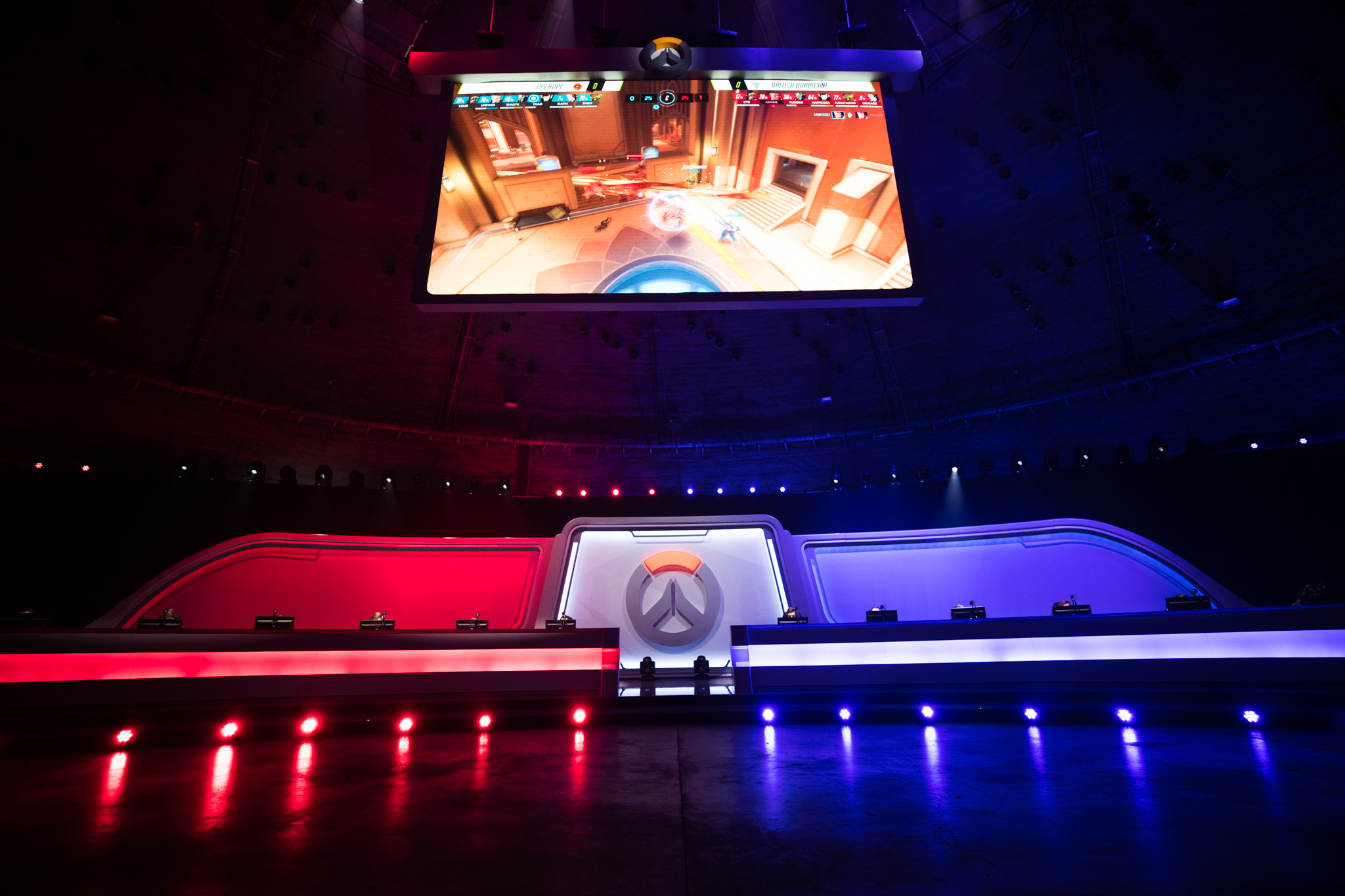

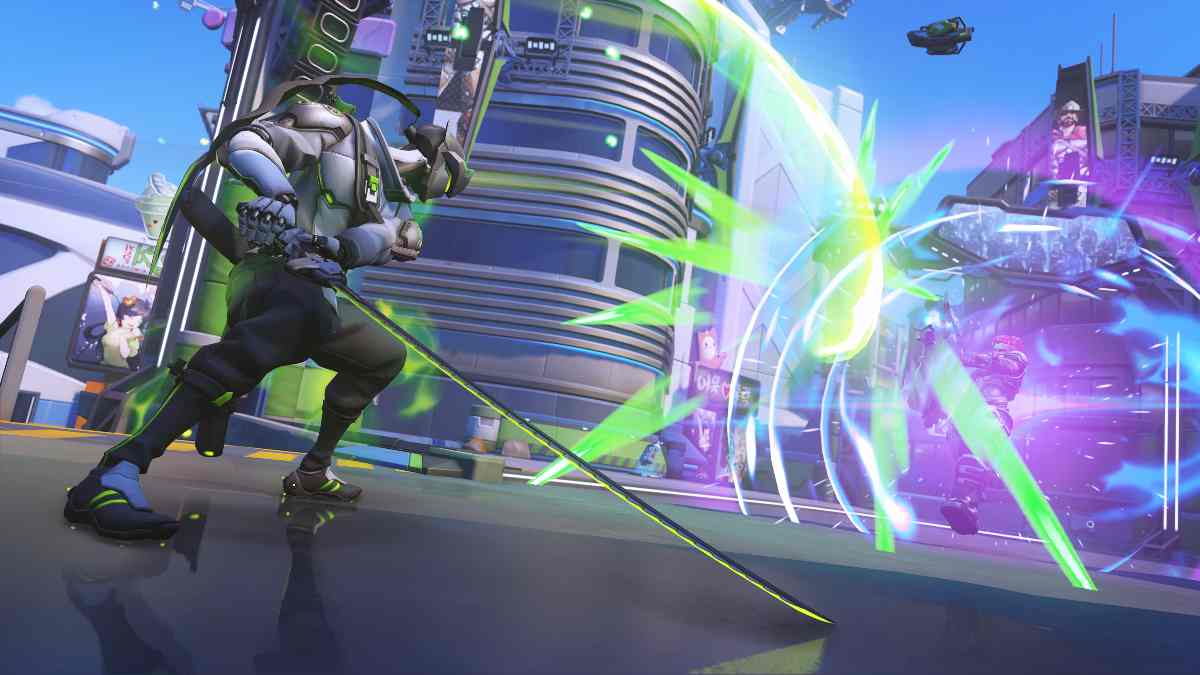
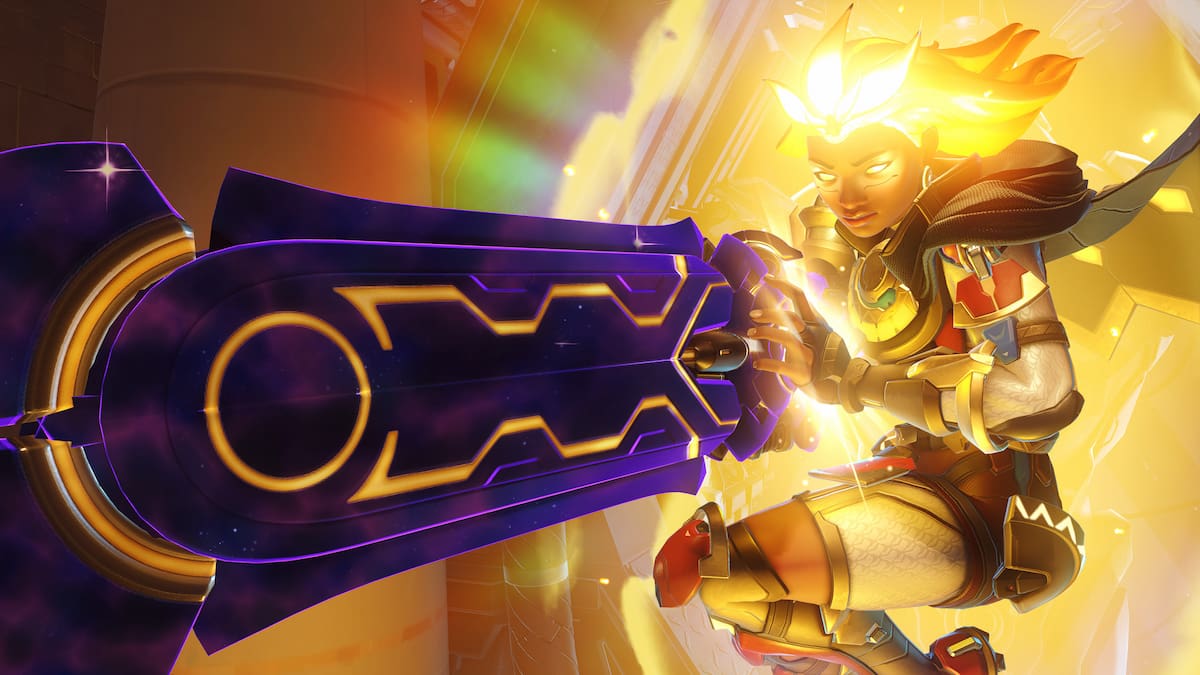




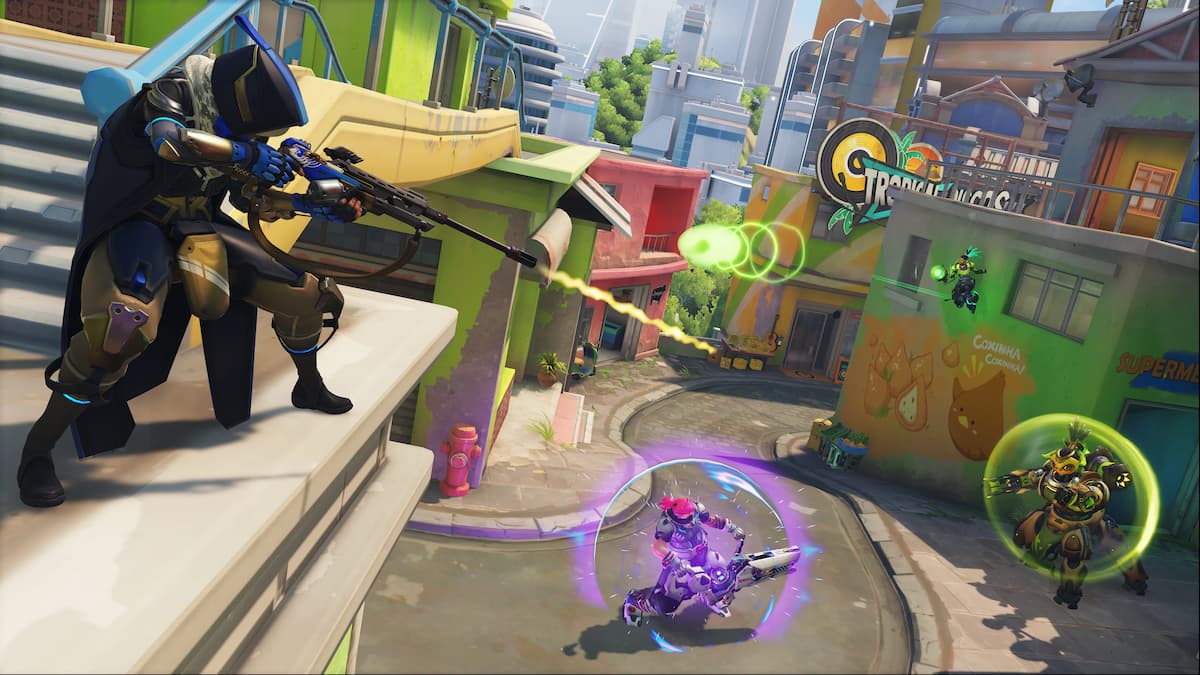
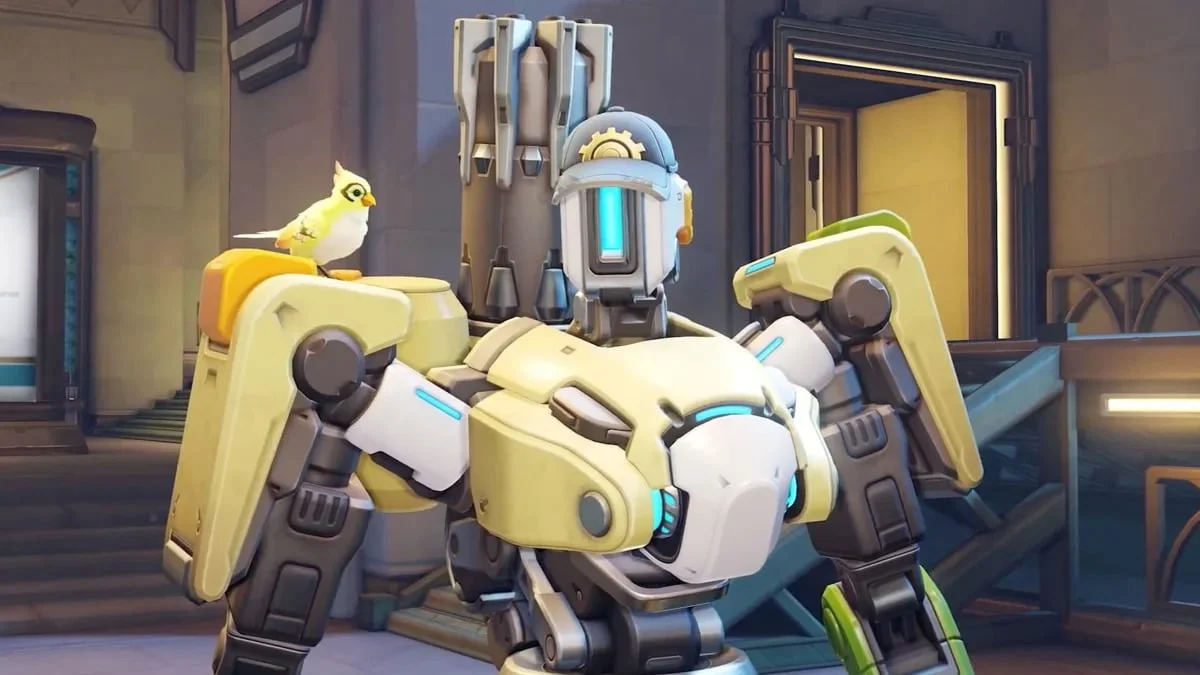
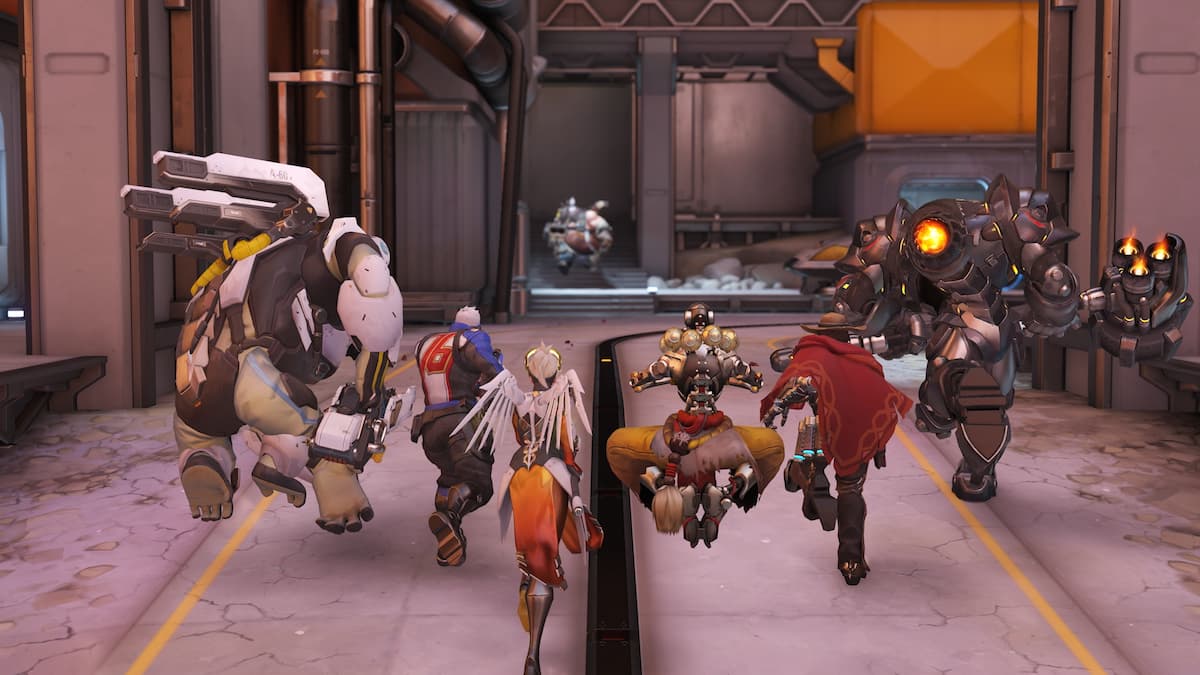
Published: Oct 11, 2019 03:46 pm